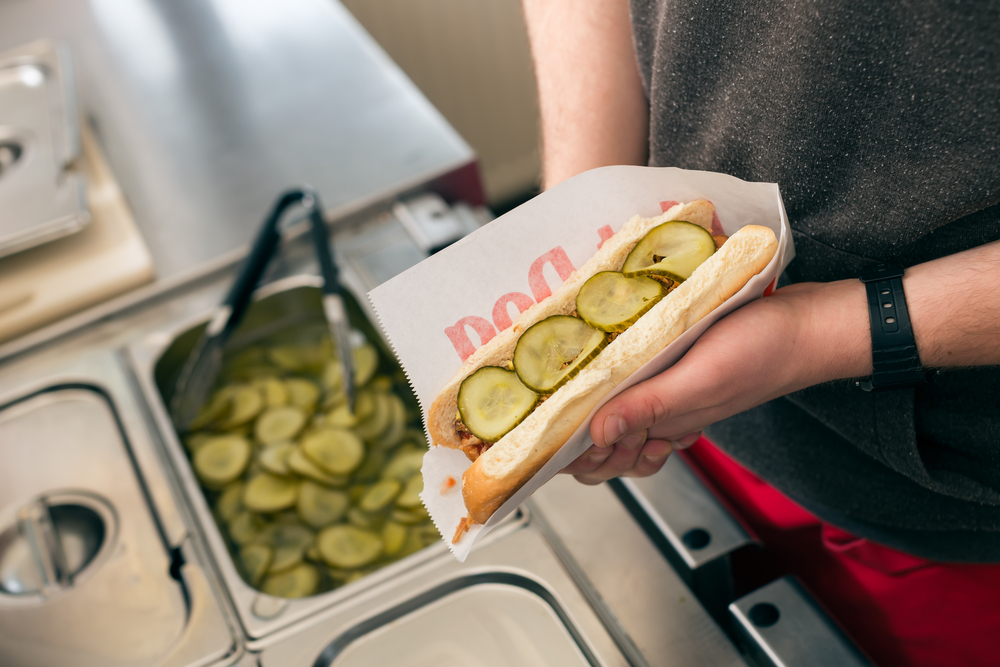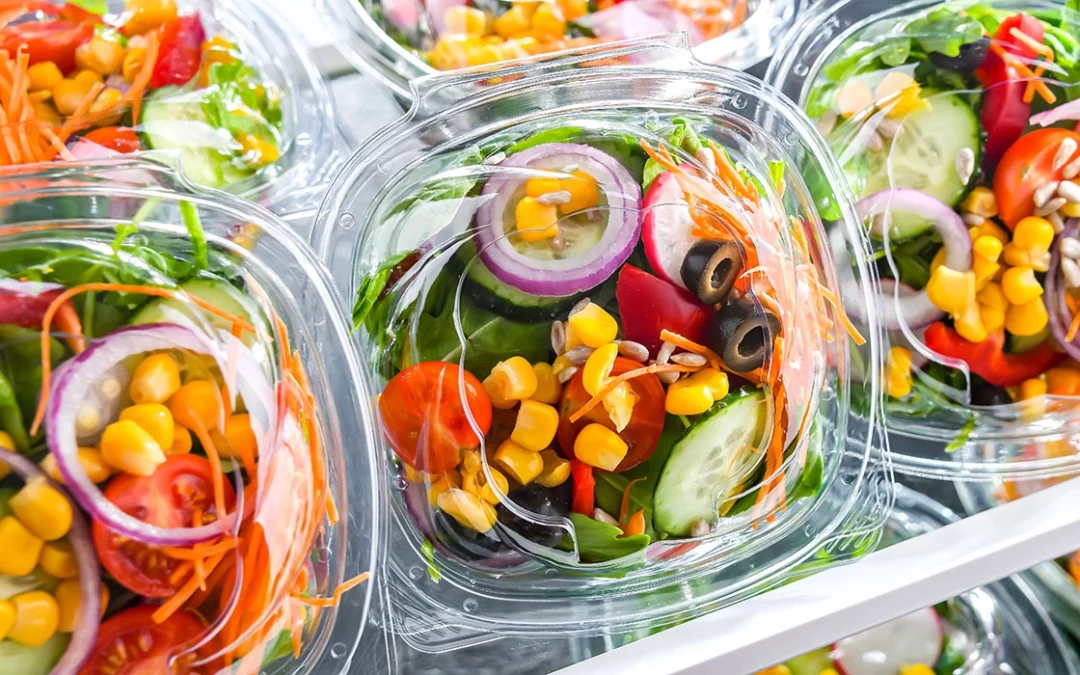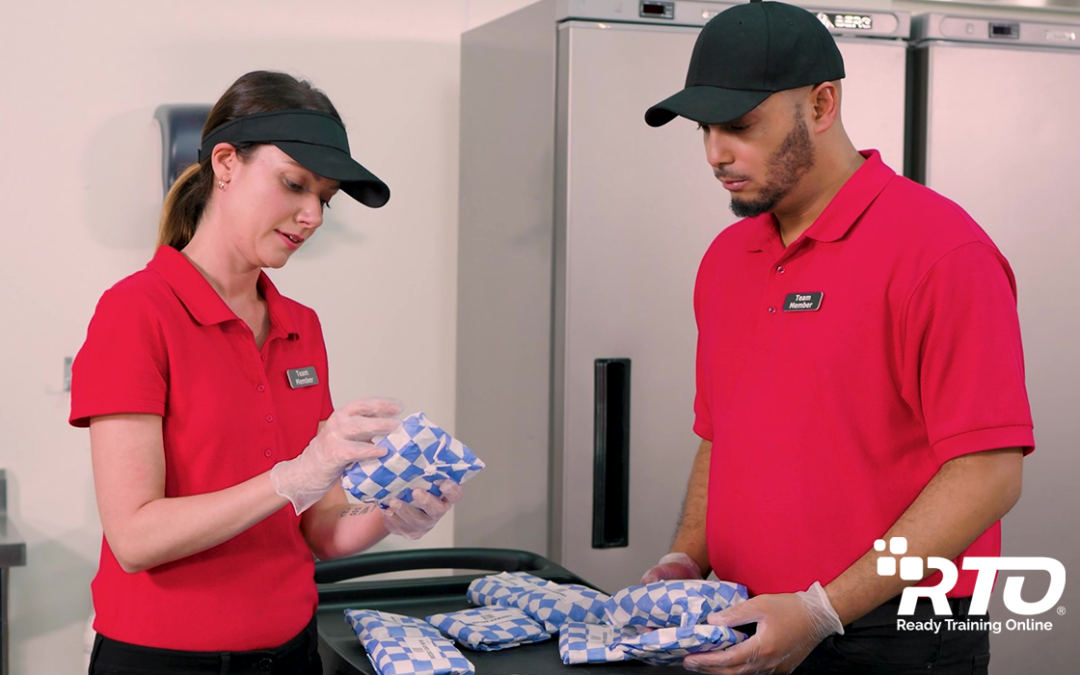If you’re like many convenience stores, you’re capturing some of the fast food market by expanding your fresh food offerings. As your food sales go up, though, so does your risk for a food safety problem. Restaurant industry experts estimate that the average cost of a foodborne illness outbreak can cost a business about $75,000. Food safety training can save your store – and your customers – from the dangers of foodborne illness.
Top 5 Issues to Cover in Food Handler Training
A comprehensive online food handler course will help ensure that your employees receive consistent and trackable food safety training. That’s just the first step, though. Food handler training must be ongoing and reinforced. Make sure you’re following up on these specific topics regularly with your staff.
Hand washing and personal hygiene. Reinforce to your staff the importance of hand washing, as well as the proper hand washing technique. Simply running hands under water won’t do. Spot-check staff to ensure they are lathering up with soap and washing for at least 20-30 seconds.
Cleaning and sanitizing. Follow up with staff to ensure they are following proper procedures for cleaning and sanitizing surfaces, utensils, knives, and dishes in food prep areas. If you have a seating area for guests, ensure tables, chairs, and high chairs are cleaned and sanitized throughout the day.
Safe food handling. Food safety isn’t just about bacteria that starts out on food, it’s also about food potentially becoming contaminated by bacteria from other places, including from other food. Conduct follow up training regularly to ensure your staff is following safe food handling procedures.
Storing food. Does your staff understand the FIFO Rule? Rotating food following the “First In – First Out” procedure is critical to food safety and should be part of your ongoing food safety training.
Keeping food at the proper temperatures. It’s a simple concept to reinforce in your training – keep hot food hot and cold foods cold. Your staff must understand that keeping food out of the “Temperature Danger Zone” as much as possible can help reduce the risk of spreading foodborne illness. The Temperature Danger Zone is between 41 degrees and 135 degrees Fahrenheit, or between 5 and 58 degrees Celsius.
Online Food Handler Training
A foodborne illness outbreak can devastate a business, costing up to millions of dollars or even forcing a business to close. Training is the key to prevention. Click here for an easy-to-implement online food handler training solution.





